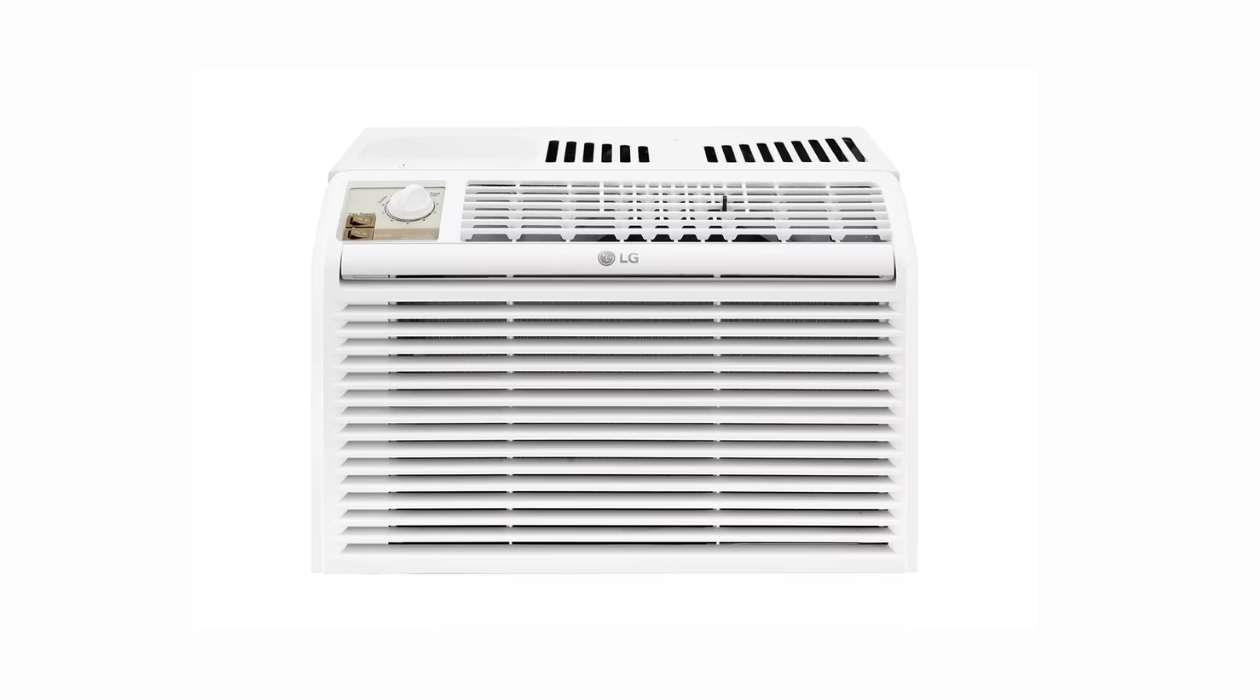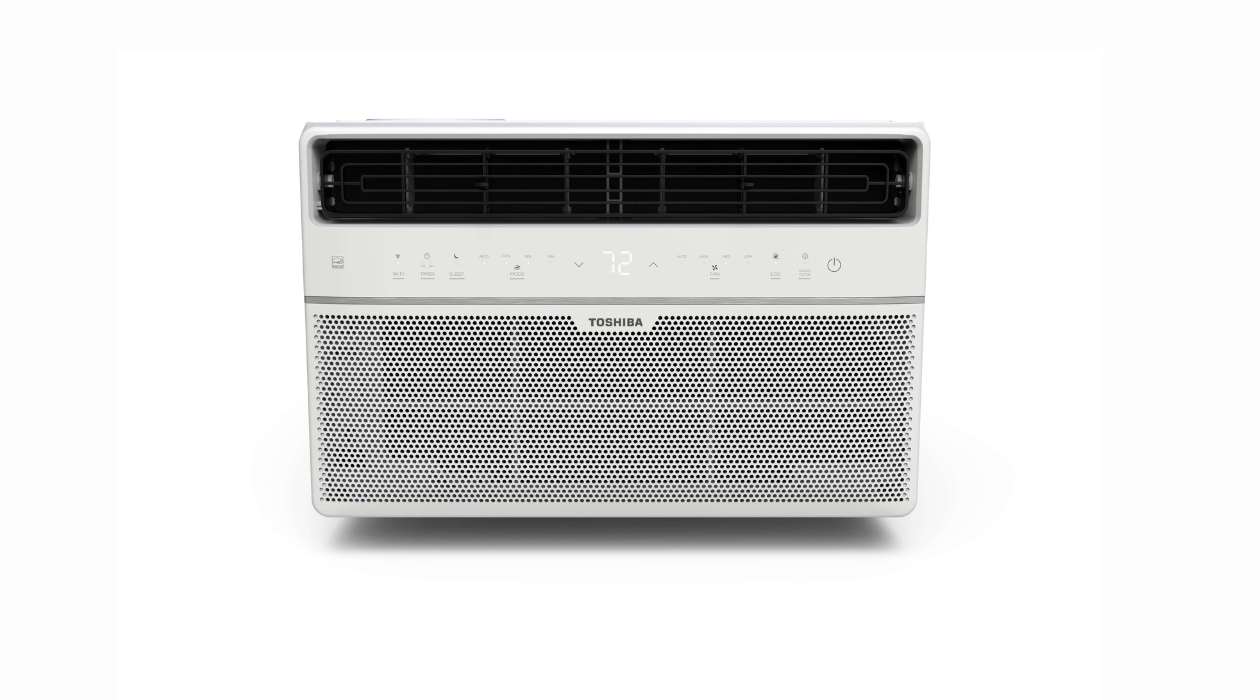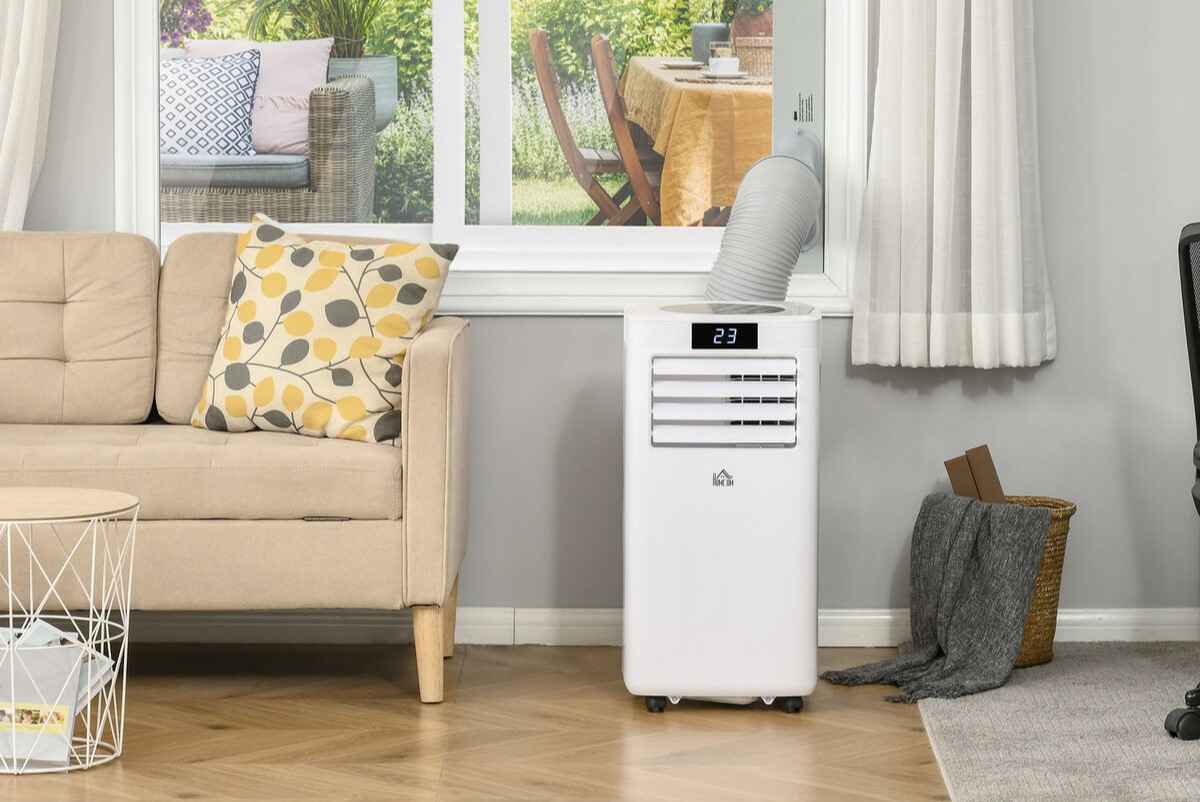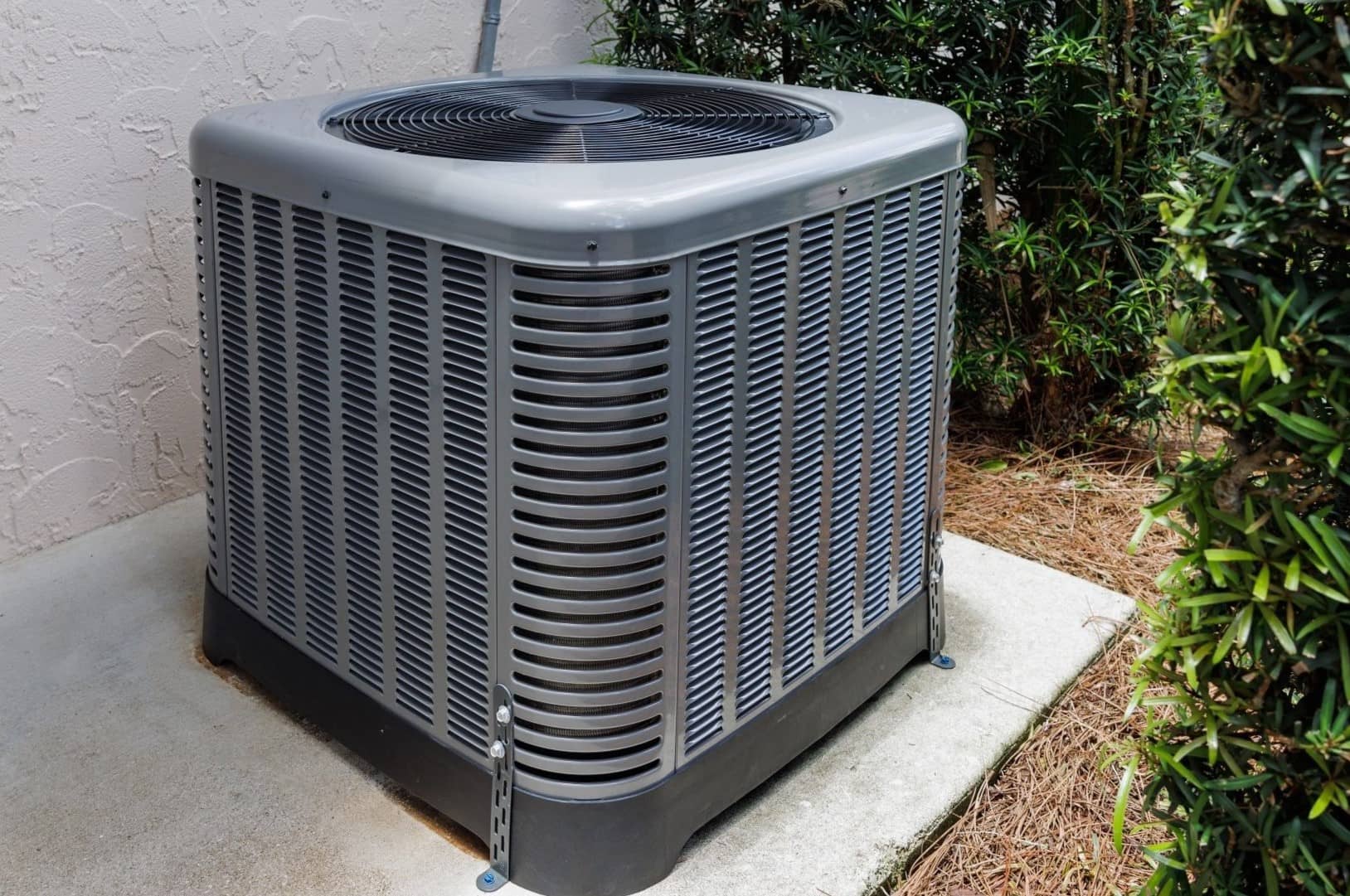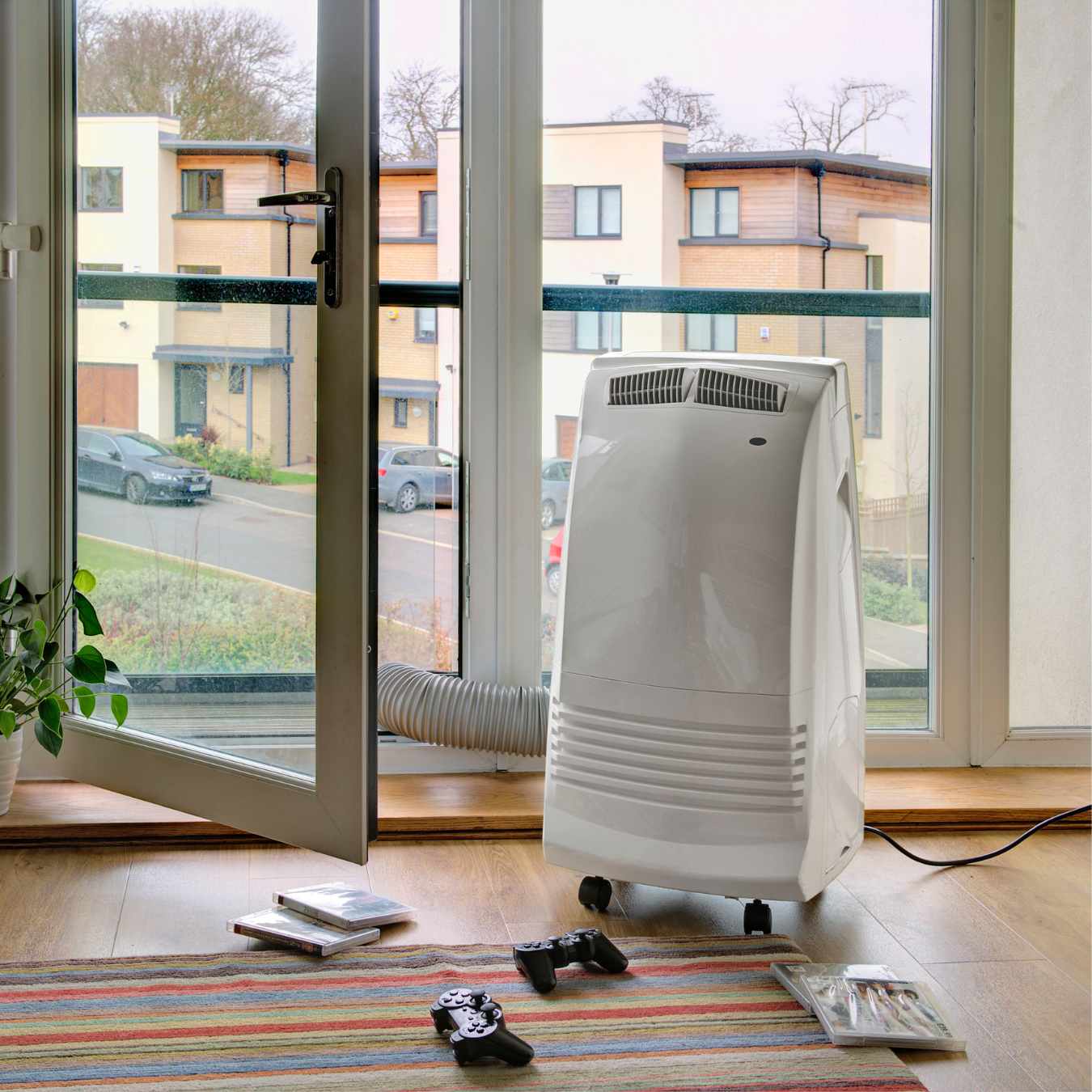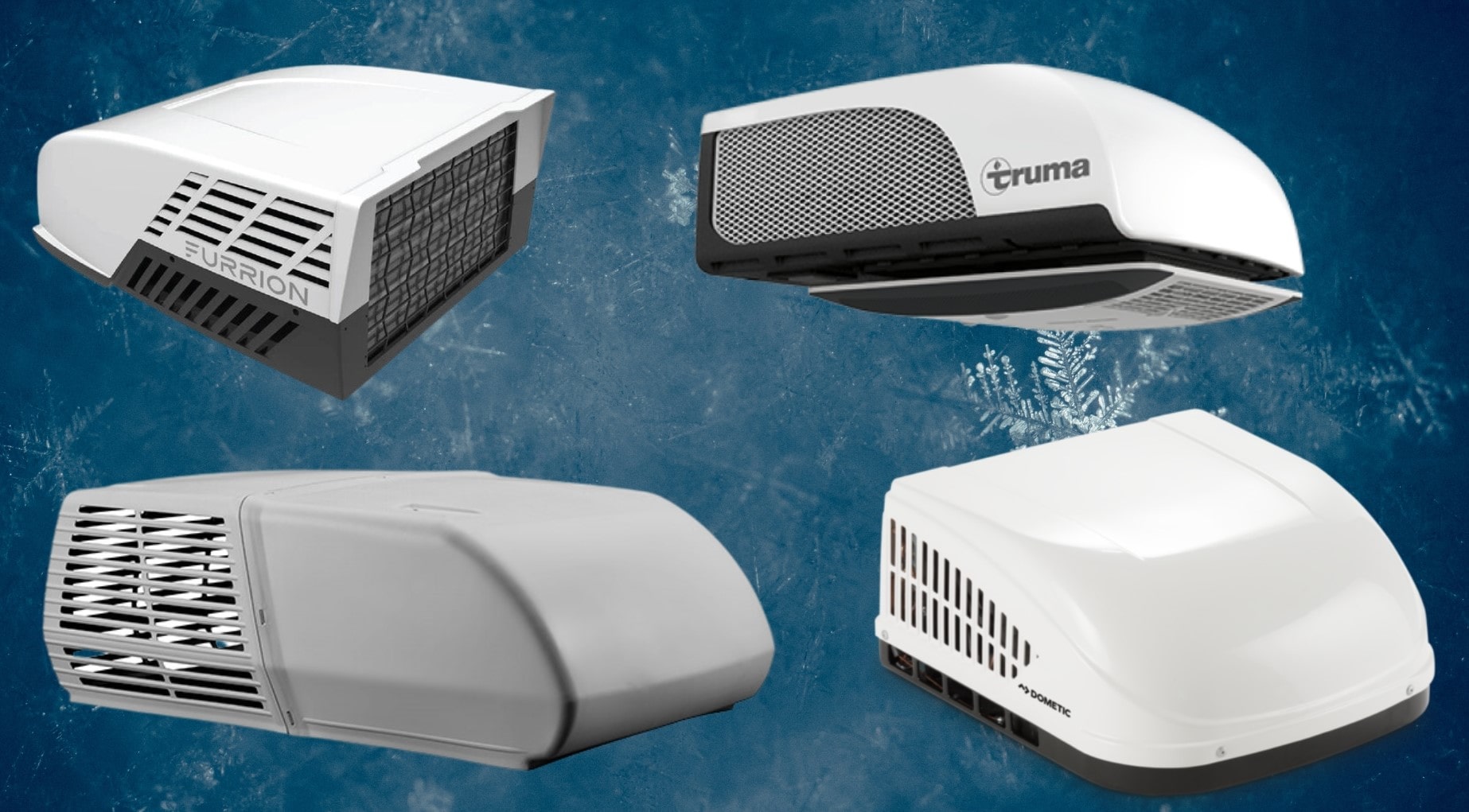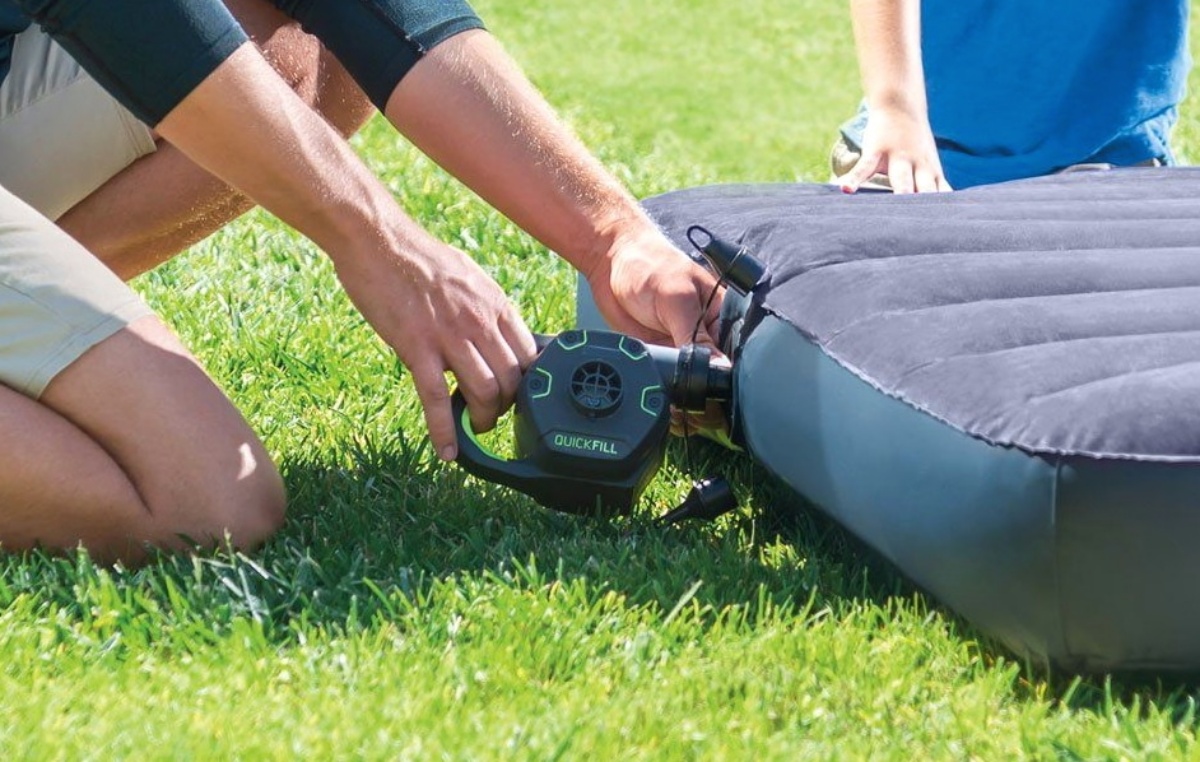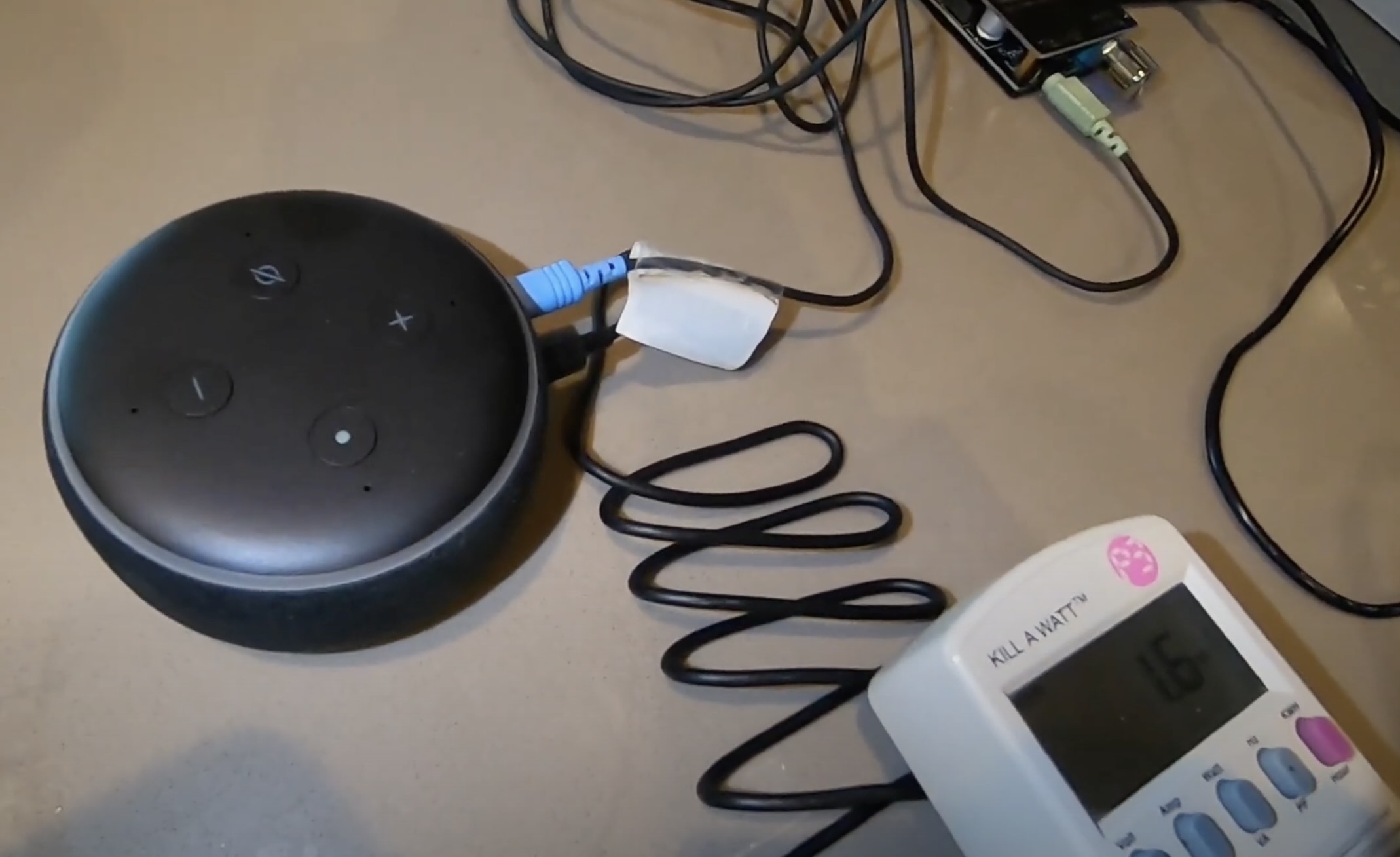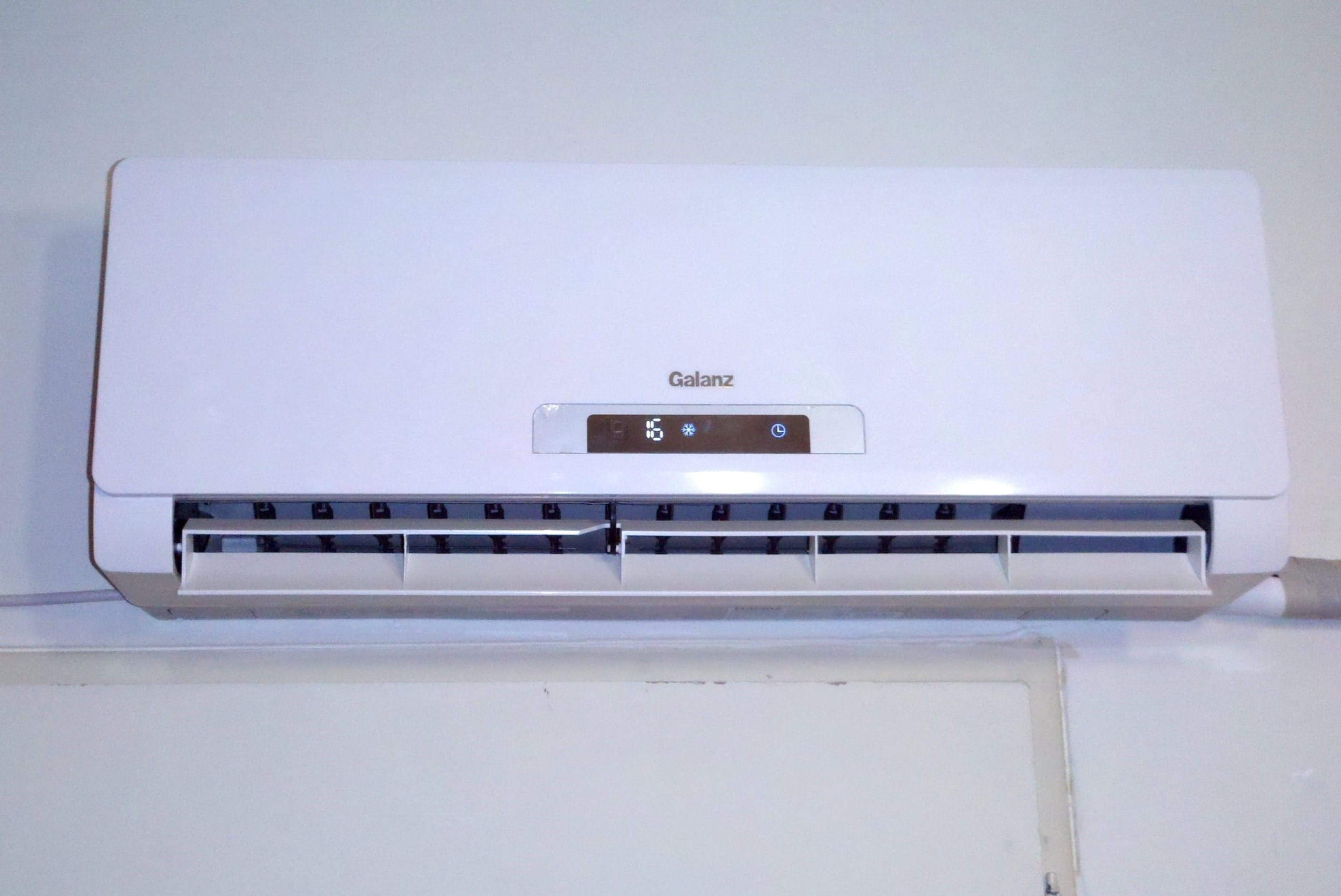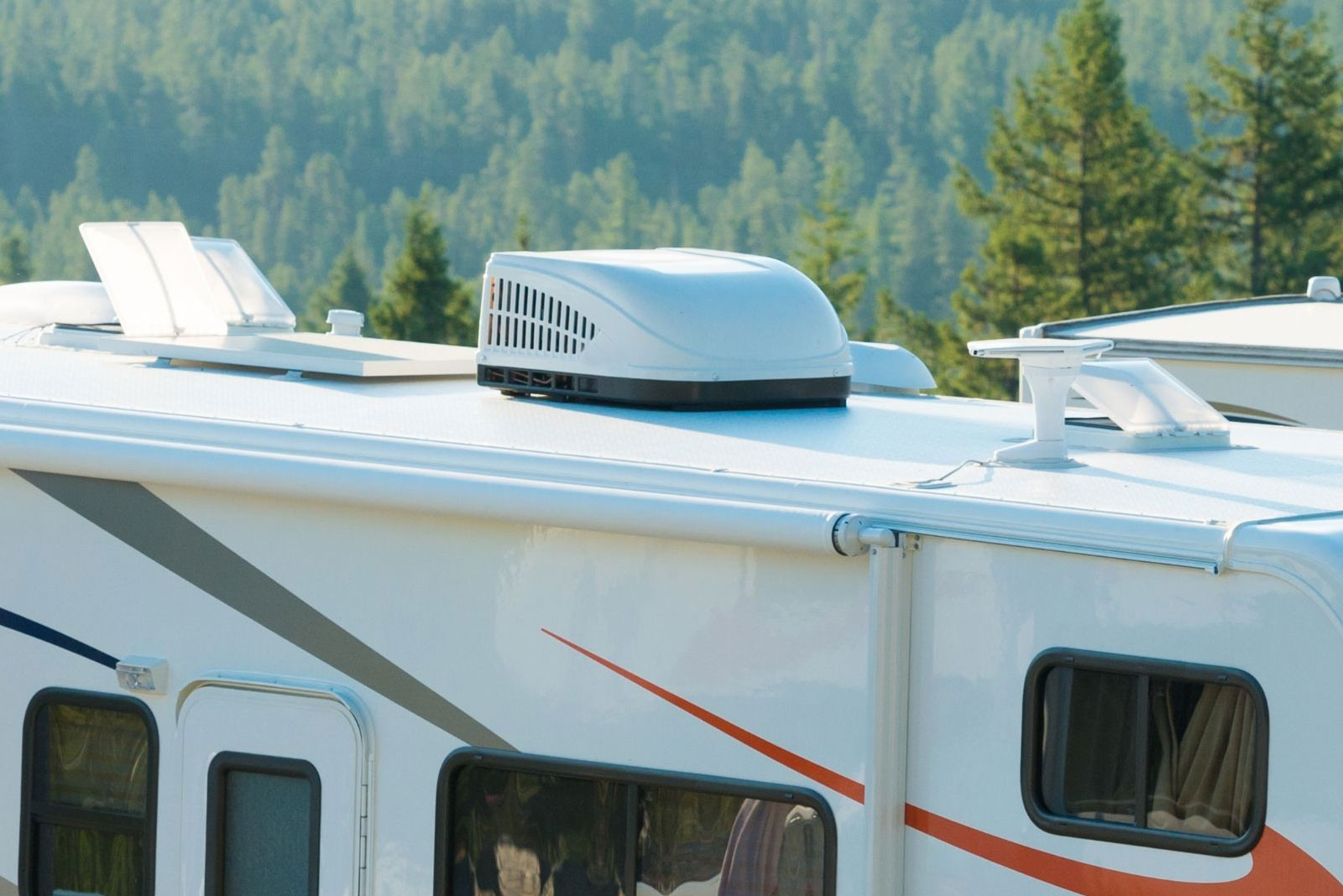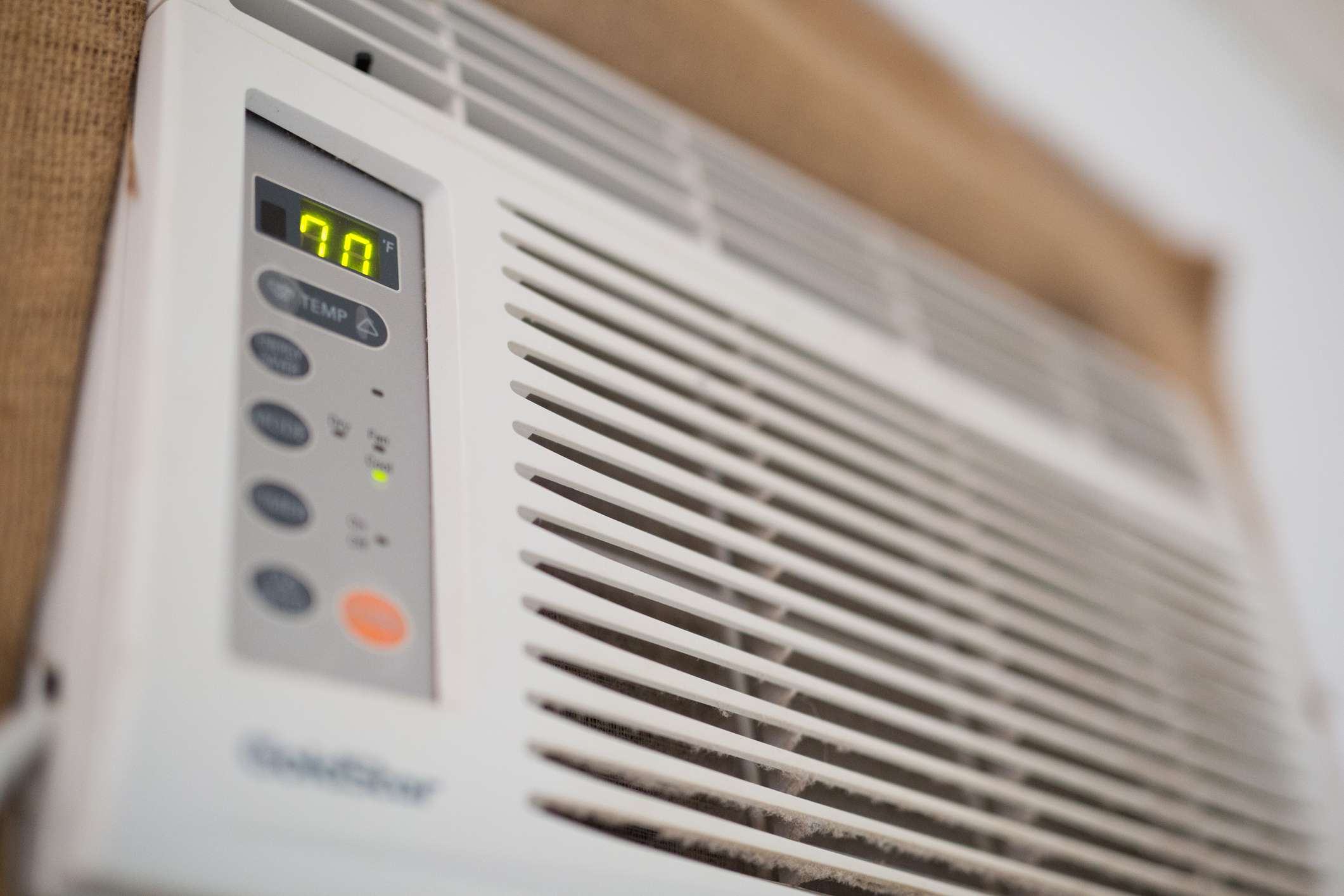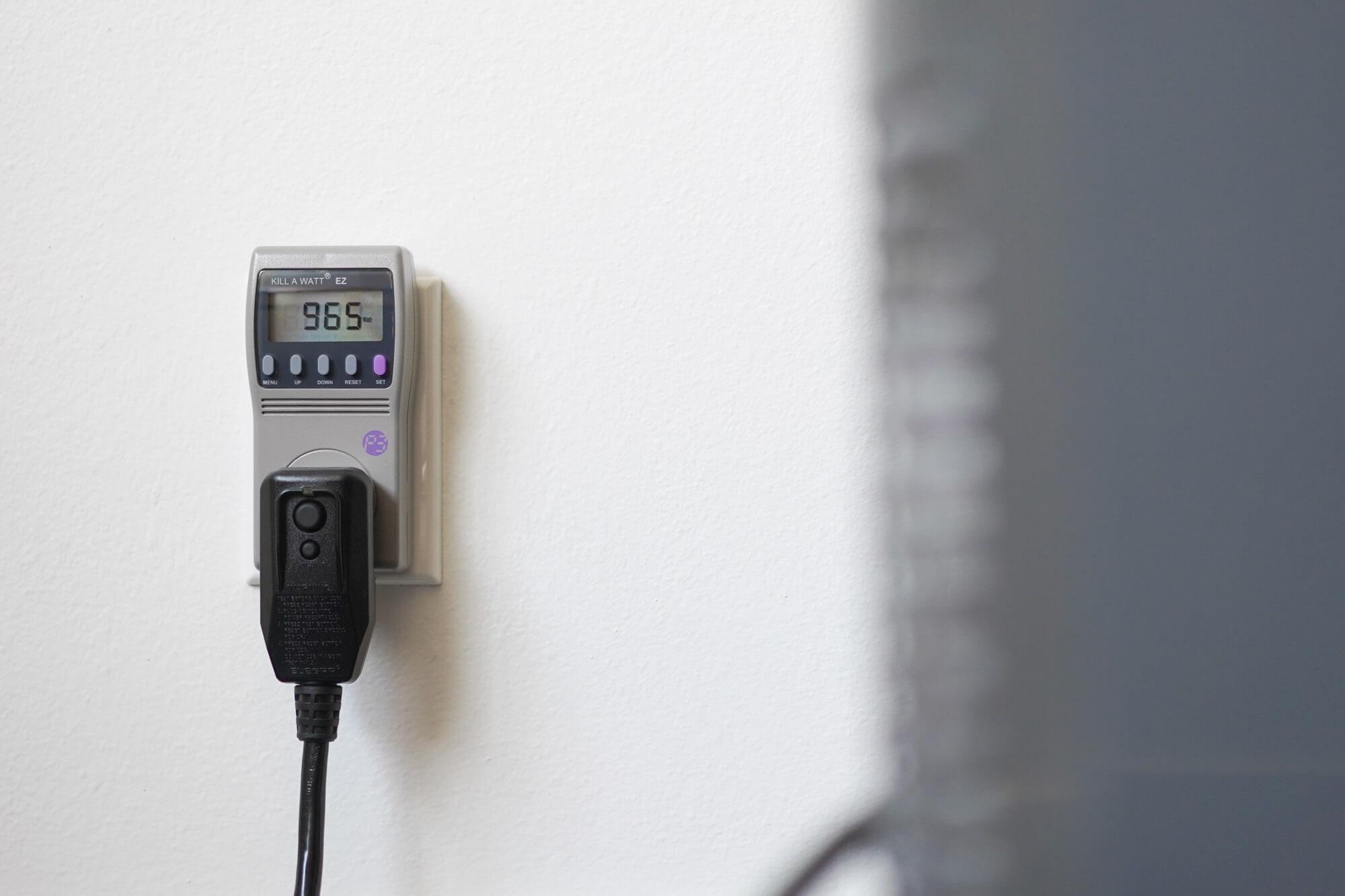Home>Home Maintenance>How Many Amps Does An RV Air Conditioner Use
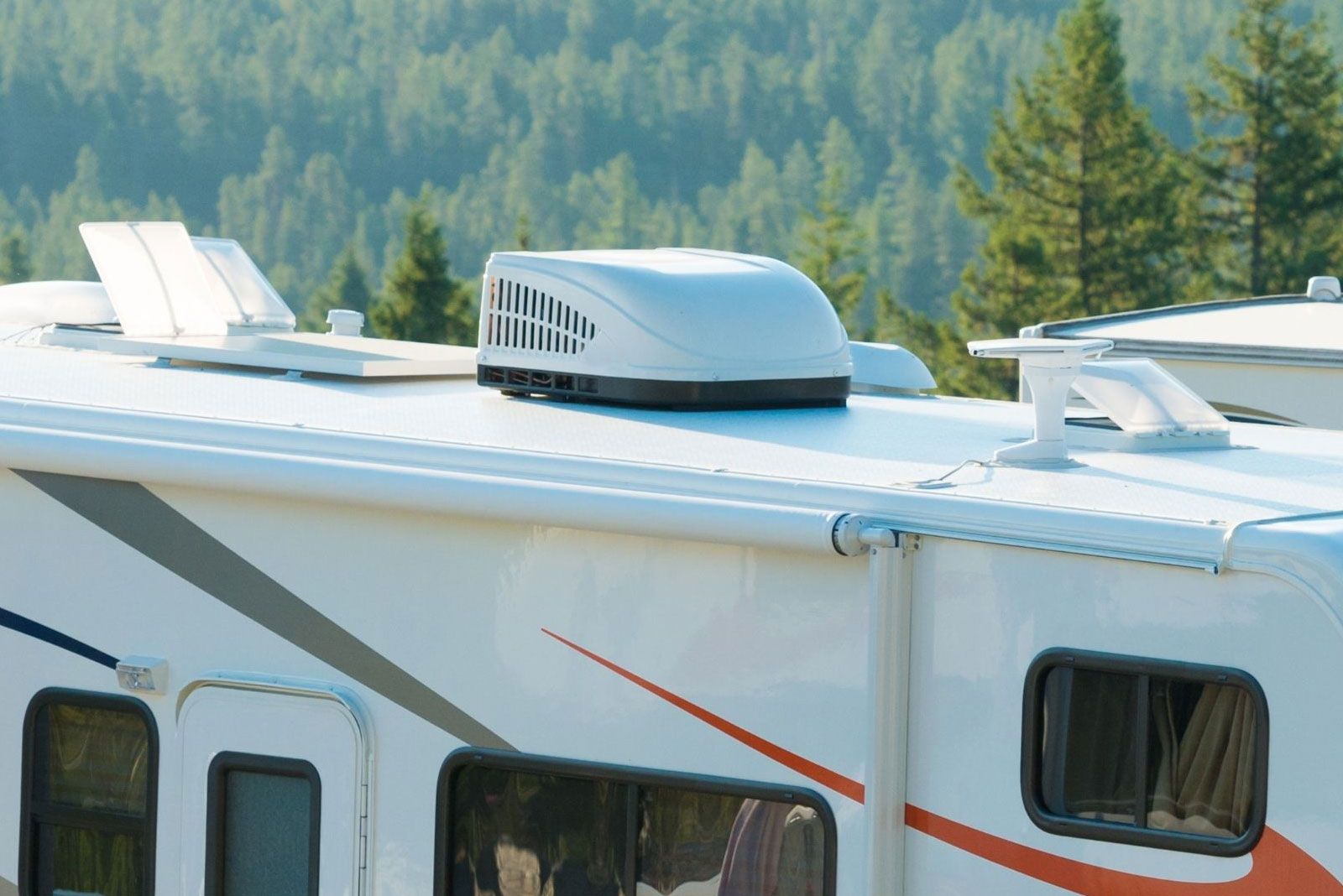

Home Maintenance
How Many Amps Does An RV Air Conditioner Use
Modified: March 7, 2024
Discover the power requirements of RV air conditioners. Learn how many amps they use and get tips on maintaining your home's cooling system.
(Many of the links in this article redirect to a specific reviewed product. Your purchase of these products through affiliate links helps to generate commission for Storables.com, at no extra cost. Learn more)
Introduction
Welcome to our comprehensive guide on how many amps an RV air conditioner uses. If you’re an RV owner, you know that staying comfortable on the road is essential, especially during hot summer months. A properly functioning air conditioner is crucial for maintaining a cool and enjoyable living environment inside your RV. However, it’s important to understand how much power your RV air conditioner consumes to ensure you don’t overload your electrical system or exceed the capacity of your campground’s electrical hookup.
In this article, we will delve into the world of RV electrical systems and explore the factors that affect the amp usage of RV air conditioners. We’ll also provide you with an overview of the average amps used by different types of RV air conditioners. Finally, we’ll share some energy-saving tips to help you reduce the amp usage of your RV air conditioner and optimize your energy consumption while on the road.
So, if you’re ready to gain a better understanding of how many amps an RV air conditioner uses and how you can make the most of your RV’s electrical system, let’s dive in!
Key Takeaways:
- Keep your RV cool without overloading the electrical system by understanding the factors affecting amp usage of air conditioners, such as BTU rating, efficiency, climate, insulation, and thermostat settings.
- Reduce amp usage and optimize energy consumption by implementing energy-saving tips like proper insulation, sealing, shade utilization, thermostat optimization, air circulation, and upgrading to energy-efficient models.
Read more: How Many Amps Does An Air Conditioner Use
Understanding Amps and Electrical Systems in RVs
Before we can explore how many amps an RV air conditioner uses, it’s important to have a basic understanding of amps and the electrical systems found in recreational vehicles.
Amp is short for ampere and is a unit of electric current. It measures the rate at which electric current flows through a circuit. In simple terms, amps indicate the amount of electricity being consumed by an electrical device or system.
RVs are equipped with a 12-volt DC (direct current) system and a 120-volt AC (alternating current) system. The 12-volt DC system is powered by the RV’s batteries and is used to operate the lights, water pump, and other low-power devices. On the other hand, the 120-volt AC system is connected to the RV’s electrical hookup or generator and powers high-power appliances like air conditioners, refrigerators, and microwaves.
When it comes to RV air conditioners, they typically operate on the 120-volt AC system. This means that they draw power from the campground’s electrical hookup or the RV’s generator. The amp usage of an RV air conditioner depends on various factors, which we will explore in the next section.
It’s important to note that the electrical system in an RV has a specific amp capacity. This capacity determines the maximum amount of electrical current that the RV’s electrical system can handle without overloading. It’s crucial to understand and respect this limit to avoid electrical issues and ensure the safety of your RV and its occupants.
Now that we have a basic understanding of amps and the electrical systems in RVs, let’s take a closer look at the factors that affect the amp usage of RV air conditioners.
Factors Affecting Amp Usage of RV Air Conditioners
Several factors come into play when determining the amp usage of an RV air conditioner. Understanding these factors will help you estimate the amount of power your air conditioner will consume and plan your electrical usage accordingly. Here are some key factors to consider:
- BTU Rating: The British Thermal Unit (BTU) rating of an RV air conditioner measures its cooling capacity. Generally, higher BTU ratings indicate more powerful air conditioners that can cool larger spaces. However, higher BTU ratings also mean higher amp usage. So, a higher BTU rated air conditioner will consume more amps compared to a lower BTU rated one.
- Efficiency: The efficiency of your RV air conditioner also plays a role in its amp usage. Energy-efficient models are designed to provide the same cooling performance while consuming fewer amps. Look for air conditioners with high Energy Efficiency Ratio (EER) and Seasonal Energy Efficiency Ratio (SEER) ratings to minimize amp usage.
- Climate: The temperature and humidity of the environment in which you are camping can affect the amp usage of your RV air conditioner. If you are camping in a hotter and more humid climate, your air conditioner will need to work harder to cool the interior of your RV, resulting in higher amp consumption.
- Insulation and Sealing: The insulation and sealing of your RV can impact the amp usage of your air conditioner. A well-insulated and properly sealed RV will retain cool air better, allowing the air conditioner to work more efficiently and consume fewer amps. On the other hand, poor insulation and sealing can lead to air leaks and increased amp usage.
- Thermostat Settings: The temperature at which you set your thermostat will affect the amp usage of your air conditioner. Lower thermostat settings will require the air conditioner to work harder and consume more amps. Consider adjusting the thermostat to a slightly higher temperature to reduce amp usage while still maintaining a comfortable interior temperature.
Keep in mind that these factors interact with each other, and their impact on amp usage may vary depending on your specific RV and air conditioner model. It’s essential to consult your RV’s manual and the manufacturer’s specifications for accurate information on amp usage.
Now that we have explored the factors affecting the amp usage of RV air conditioners, let’s move on to discuss the average amps used by different types of RV air conditioners.
When choosing an RV air conditioner, look for the amp rating on the unit. Most RV air conditioners use around 12-15 amps, but it’s important to check the specific model to ensure it’s compatible with your RV’s electrical system.
Average Amps Used by Different Types of RV Air Conditioners
When it comes to RV air conditioners, different types and models have varying amp requirements. Understanding the average amp usage of different types of air conditioners will give you a better idea of the power consumption involved. Here are some average amp ranges for common types of RV air conditioners:
- Rooftop Air Conditioners: Rooftop air conditioners are the most common type found in RVs. They can range in size from 13,500 BTU to 15,000 BTU. On average, a rooftop air conditioner can consume around 12-16 amps during operation. However, keep in mind that the actual amp usage may vary depending on factors such as efficiency, insulation, and thermostat settings.
- Portable Air Conditioners: Portable air conditioners provide flexibility as they can be moved around and can be used outside of the RV as well. These units generally range in size from 8,000 BTU to 14,000 BTU. On average, a portable air conditioner will consume around 7-12 amps during operation. However, it’s important to note that portable air conditioners require exhaust hoses, which must be properly set up to ensure efficient cooling and to minimize power consumption.
- Window Air Conditioners: Window air conditioners are another option for cooling your RV. These units typically range from 5,000 BTU to 12,000 BTU. On average, a window air conditioner will consume around 5-7 amps during operation. Window air conditioners require a window or a specially designed opening in the RV wall for installation.
It’s important to note that these are average amp ranges and can vary depending on the specific model, efficiency rating, and operating conditions. Always refer to the manufacturer’s specifications and consult your RV’s manual for accurate information on amp usage.
Now that we have an idea of the average amps used by different types of RV air conditioners, let’s move on to explore some energy-saving tips to help you reduce amp usage and optimize your energy consumption while using your RV air conditioner.
Energy-Saving Tips for Reducing Amp Usage of RV Air Conditioners
While keeping your RV cool and comfortable with an air conditioner is a priority, it’s also important to be mindful of your energy consumption. Not only will this help you avoid overloading your RV’s electrical system, but it will also contribute to a more sustainable and cost-effective camping experience. Here are some energy-saving tips to reduce the amp usage of your RV air conditioner:
- Maintain Proper Insulation: Ensure that your RV is well-insulated to prevent cool air from escaping and hot air from entering. Insulate windows, doors, and roof vents, and use reflective insulation or window coverings to minimize heat transfer.
- Seal Air Leaks: Check for any gaps or cracks in your RV where air can escape. Seal them with weatherstripping, caulk, or foam insulation to maintain a more efficient and effective cooling environment.
- Utilize Shade: Park your RV in shaded areas whenever possible. Direct sunlight can increase the temperature inside your RV, causing your air conditioner to work harder. Utilize awnings, sunshades, or trees to provide natural shade and reduce the cooling load on your air conditioner.
- Optimize Thermostat Settings: Set your thermostat to the highest comfortable temperature. Even a few degrees warmer can significantly reduce the amp usage of your air conditioner. Use a programmable thermostat to automatically adjust the temperature when you are away from your RV.
- Circulate Air Effectively: Use ceiling or portable fans to help circulate cool air throughout your RV. This will allow you to set your air conditioner to a higher temperature while still maintaining a comfortable environment.
- Check Air Conditioner Filters: Regularly clean or replace your air conditioner filters. Dirty filters can restrict airflow and cause your air conditioner to work harder and consume more amps. A clean filter ensures optimal performance and energy efficiency.
- Consider Partial Cooling: If you’re not using all the rooms in your RV, close off the vents or doors to those areas. This will redirect the cool air to the used spaces, reducing the overall amp usage of your air conditioner.
- Time Your Usage: Take advantage of cooler times of the day, such as early mornings or evenings, to limit the use of your air conditioner. Open windows and use fans to create a cross-breeze to maintain a comfortable temperature.
- Utilize External Shading: Place reflective covers or shade cloth on the exterior of your RV windows to reduce heat gain. This will lower the workload on your air conditioner and decrease amp usage.
- Upgrade to Energy-Efficient Models: If it’s time to replace your air conditioner, consider investing in an energy-efficient model. Look for units with high EER and SEER ratings, as they are designed to consume fewer amps while providing the same cooling performance.
Implementing these energy-saving tips will not only help you reduce the amp usage of your RV air conditioner but also contribute to a more sustainable and enjoyable camping experience.
Now that you have a better understanding of how to optimize your energy consumption, let’s wrap up this article.
Read more: How Many Amps Does An Rv AC Use
Conclusion
Understanding how many amps an RV air conditioner uses is essential for RV owners to ensure the smooth operation of their electrical systems and prevent overloading. By considering the factors that affect amp usage, such as the BTU rating, efficiency, climate, insulation, and thermostat settings, you can estimate the power consumption of your air conditioner and make informed decisions about energy usage.
On average, rooftop air conditioners consume around 12-16 amps, while portable and window air conditioners use approximately 7-12 amps and 5-7 amps, respectively. However, it’s crucial to consult the manufacturer’s specifications and your RV’s manual for accurate amp usage information specific to your air conditioner model.
To reduce amp usage and optimize energy consumption, follow energy-saving tips such as maintaining proper insulation and sealing, utilizing shade, optimizing thermostat settings, circulating air effectively with fans, and checking and cleaning air conditioner filters. Additionally, consider partial cooling, timing your usage, utilizing external shading, and upgrading to energy-efficient models to further reduce your RV air conditioner’s amp usage.
By implementing these energy-saving practices, you can not only extend the life of your RV’s electrical system but also contribute to a more sustainable and cost-effective camping experience. Remember to always be mindful of your energy consumption and the limitations of your RV’s electrical system to ensure a safe and enjoyable journey.
We hope this comprehensive guide has provided you with valuable insights on how many amps an RV air conditioner uses and how you can optimize energy usage in your RV. Stay cool and comfortable on your future adventures while keeping your energy consumption in check!
Frequently Asked Questions about How Many Amps Does An RV Air Conditioner Use
Was this page helpful?
At Storables.com, we guarantee accurate and reliable information. Our content, validated by Expert Board Contributors, is crafted following stringent Editorial Policies. We're committed to providing you with well-researched, expert-backed insights for all your informational needs.
